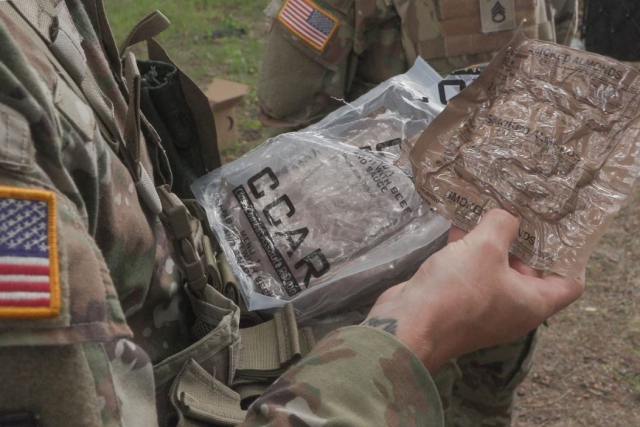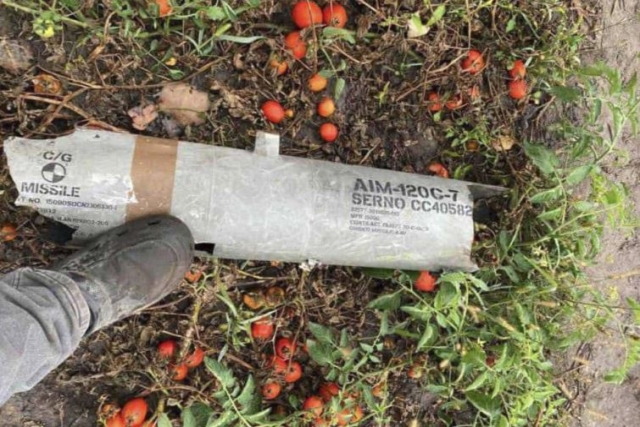DARPA Enters Phase II Of Multiple UAV Control Program

A US Defence Advanced Research Projects Agency (DARPA) to enable a single pilot to control several attack and surveillance unmanned air vehicles (UAVs) has entered phase two with the award of contracts to Lockheed Martin, Raytheon and six other companies.
During Phase 2 of the program called Collaborative Operations in Denied Environment (CODE), DARPA plans conduct live flight tests with one or two live UASs augmented with several virtual aircraft. If those tests are successful, DARPA could move to Phase 3, in which one team would test the capabilities using up to six live vehicles cooperating among themselves and with additional simulated vehicles. A single person would command the UAS team to perform a complex mission involving target search, identification, and engagement against an active, unpredictable adversary.
CODE seeks to deliver a software system that would be resilient to bandwidth limitations and communications disruptions, yet compatible with existing standards and capable of affordable retrofit into existing platforms. If successfully demonstrated, these scalable, cost-effective capabilities would greatly enhance the survivability, flexibility, and effectiveness of existing air platforms, as well as reduce the development times and costs of future systems.
CODE’s main objective is to develop and demonstrate the value of collaborative autonomy, in which UASs could perform sophisticated tasks both individually and in teams under the supervision of a single human mission commander. CODE-equipped UASs would perform their mission by sharing data, negotiating assignments, and synchronizing actions and communications among team members and with the commander.
CODE’s modular open software architecture on board the UASs would enable multiple CODE-equipped unmanned aircraft to navigate to their destinations and find, track, identify, and engage targets under established rules of engagement. The UASs could also recruit other CODE-equipped UASs from nearby friendly forces to augment their own capabilities and adapt to dynamic situations such as attrition of friendly forces or the emergence of unanticipated threats.
“During Phase 1, we successfully demonstrated, in simulation, the potential value of collaborative autonomy among UASs at the tactical edge, and worked with our performers to draft transition plans for possible future operational systems,” said Jean-Charles Ledé, DARPA program manager. “Between the two teams, we have selected about 20 autonomous behaviors that would greatly increase the mission capabilities of our legacy UASs and enable them to perform complex missions in denied or contested environments in which communications, navigation, and other critical elements of the targeting chain are compromised.”










